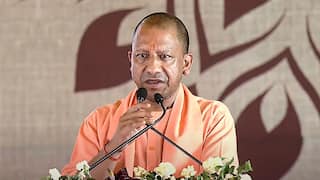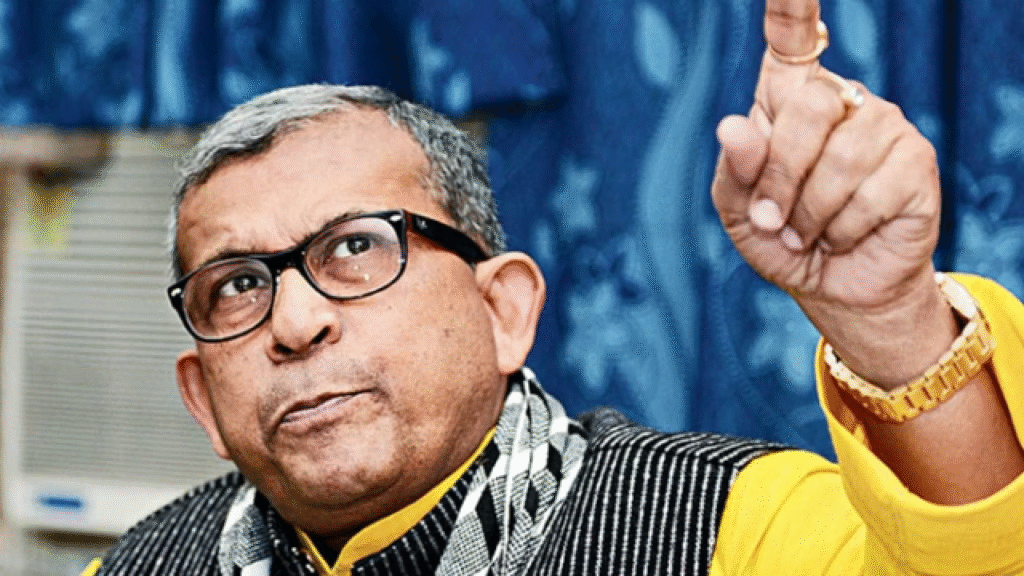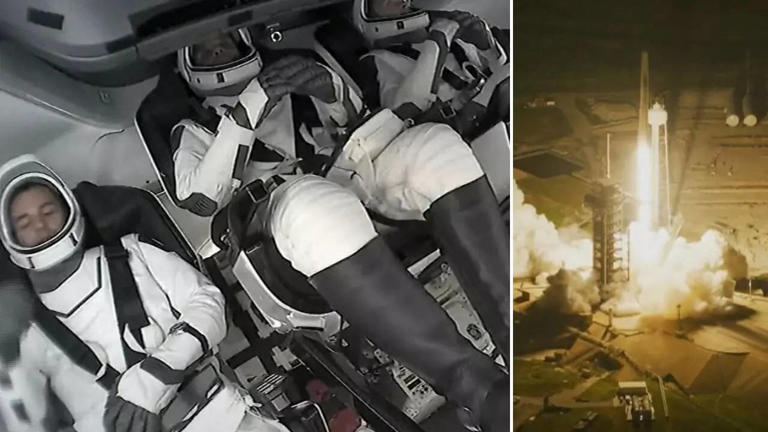Understanding the New Guidelines of Yogi’s New Rule and Their Implications
In a significant move, the Yogi Adityanath-led Uttar Pradesh government has imposed a complete ban on photography and videography at all railway stations across the state, following the high-profile Jyoti Malhotra spy scandal.
BIG BREAKING 🚨 After the Jyoti Malhotra spy scandal, Yogi Govt bans photography & videography at all UP railway stations 🔥
— Times Algebra (@TimesAlgebraIND) May 28, 2025
Surveillance increased across all platforms.
Jyoti Malhotra was caught on surveillance filming at stations and allegedly sharing sensitive info on social… pic.twitter.com/bQ9rQo9vjc
The controversy erupted when Malhotra, allegedly caught on surveillance cameras, was found filming sensitive areas at railway stations and reportedly sharing critical information on social media platforms, with some reports suggesting links to Pakistan. This incident raised serious national security concerns, prompting swift action from the state authorities and the Railway Administration. The ban, effective immediately, prohibits the creation of reels, videos, or any form of recording on railway premises, marking a stringent response to safeguard public infrastructure. This decision reflects the government’s commitment to tightening security protocols in response to espionage threats, particularly in critical public spaces like railway stations, which are vital to Uttar Pradesh’s transportation network.
Background of the Jyoti Malhotra Spy Scandal
The Jyoti Malhotra case has brought to light vulnerabilities in the security framework of public infrastructure. Malhotra’s actions, as reported, involved capturing footage of railway operations, which authorities believe could have been used to compromise sensitive information about train schedules, infrastructure layouts, or security arrangements. The alleged sharing of this information on social media platforms, coupled with claims of cross-border espionage, has alarmed officials, leading to an overhaul of surveillance measures. The Uttar Pradesh government, under Chief Minister Yogi Adityanath, has prioritized national security, with increased monitoring across railway platforms and other public spaces. The scandal has also sparked debates about the balance between public access to railway stations and the need to protect critical infrastructure from potential threats. This incident underscores the growing challenge of managing digital content creation in sensitive areas, where seemingly innocuous activities like filming reels can have far-reaching consequences.
The new guidelines issued by the Railway Administration are clear: no individual, whether a passenger, content creator, or journalist, is permitted to engage in photography or videography on railway premises without explicit authorization. This includes platforms, tracks, waiting areas, and other facilities managed by the Indian Railways in Uttar Pradesh. The move aims to prevent unauthorized recording that could be exploited for malicious purposes, such as reconnaissance or intelligence gathering. Violators face strict penalties, including fines and potential legal action under anti-espionage laws. The ban also extends to drones and other recording devices, with surveillance teams now equipped to detect and prevent unauthorized filming. This development has significant implications for content creators, who frequently use railway stations as backdrops for social media content, and for passengers accustomed to capturing personal moments during travel.
Implications and Public Response
The ban has sparked a mixed response from the public and stakeholders. For many, the measure is a necessary step to protect national security, especially in light of the Jyoti Malhotra scandal. Railways are a critical lifeline in Uttar Pradesh, with millions of passengers relying on them daily. Ensuring the safety of these networks is paramount, and the government’s decision to enhance surveillance and restrict filming is seen as a proactive measure to deter potential threats. Authorities have deployed additional CCTV cameras and security personnel across stations to enforce the ban and monitor suspicious activities. The increased surveillance also aims to rebuild public confidence in the safety of railway travel, particularly after the scandal exposed vulnerabilities in the system.
However, the blanket ban has raised concerns among content creators, journalists, and civil liberties advocates. Many argue that the restriction could stifle creative expression and limit transparency, as railway stations are public spaces where documenting daily life is common. Content creators, especially those producing travel vlogs or reels, now face significant challenges in adapting to the new rules. Some have called for clearer guidelines on what constitutes permissible filming, such as personal photography for non-commercial purposes. Others worry that the ban could be misused to curb legitimate journalistic activities or public oversight of railway operations. The government has clarified that exceptions may be granted for official purposes, such as media coverage or railway documentation, but only with prior approval from authorities.
The Jyoti Malhotra spy scandal has also highlighted the need for public awareness about the responsible use of social media. Authorities have urged citizens to refrain from sharing sensitive information online, emphasizing that even seemingly harmless content can be exploited by malicious actors. The Uttar Pradesh government is reportedly working on awareness campaigns to educate the public about cybersecurity risks associated with filming in public spaces. Meanwhile, the Railway Administration is collaborating with law enforcement agencies to strengthen intelligence-sharing and prevent future incidents. The ban, while controversial, underscores the evolving nature of security threats in the digital age and the government’s resolve to address them head-on.





















